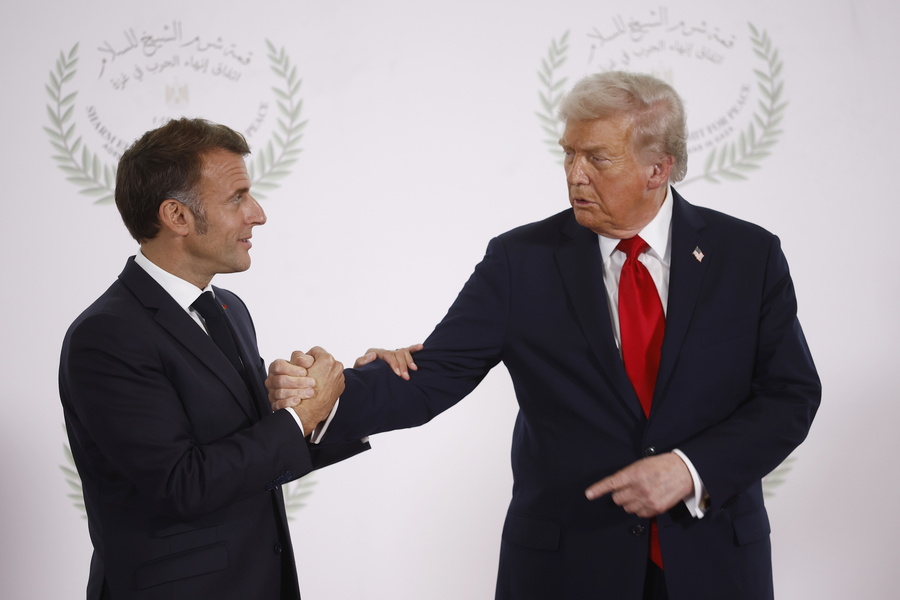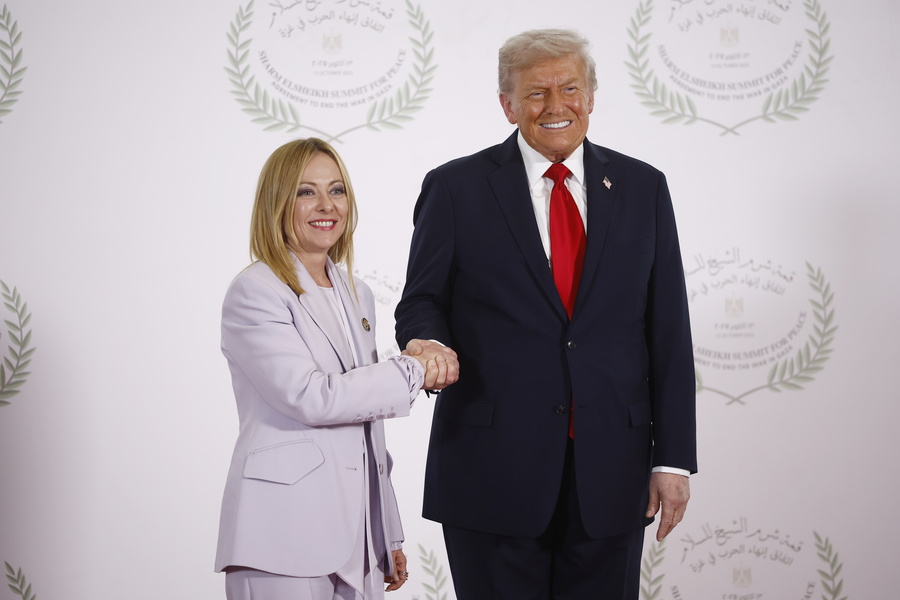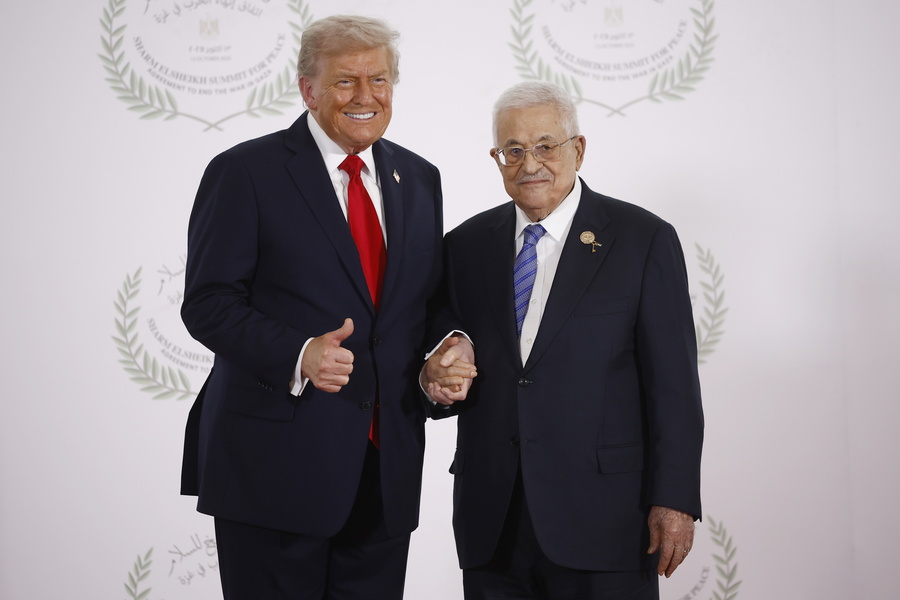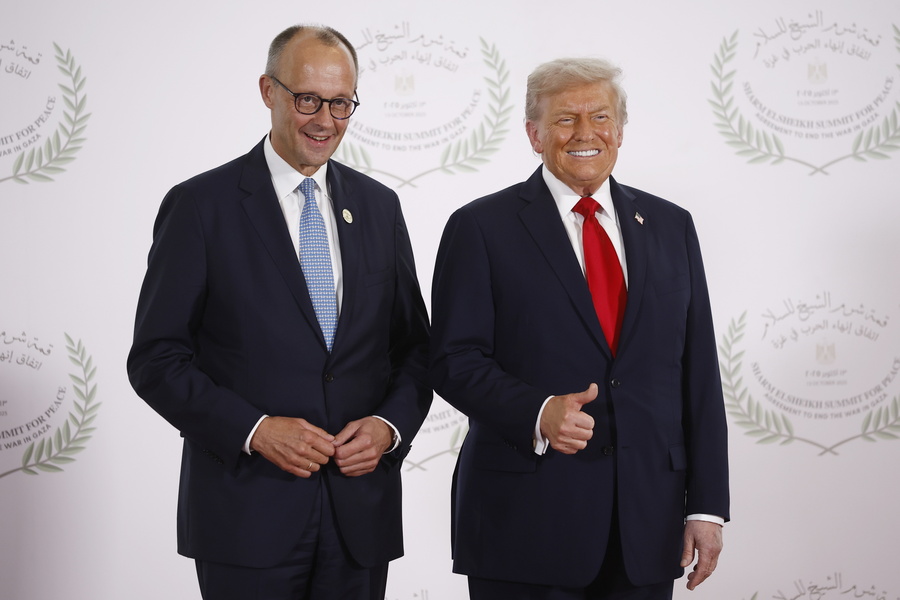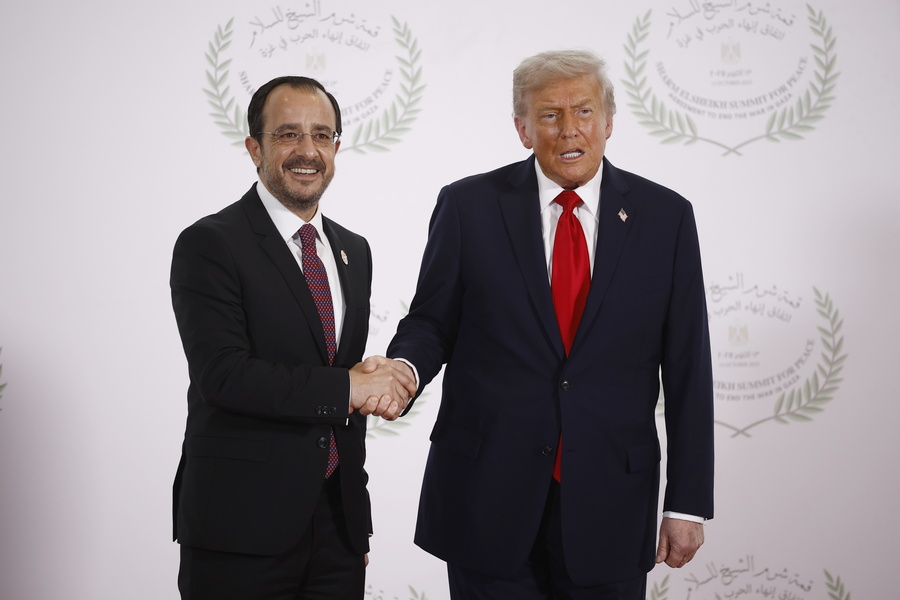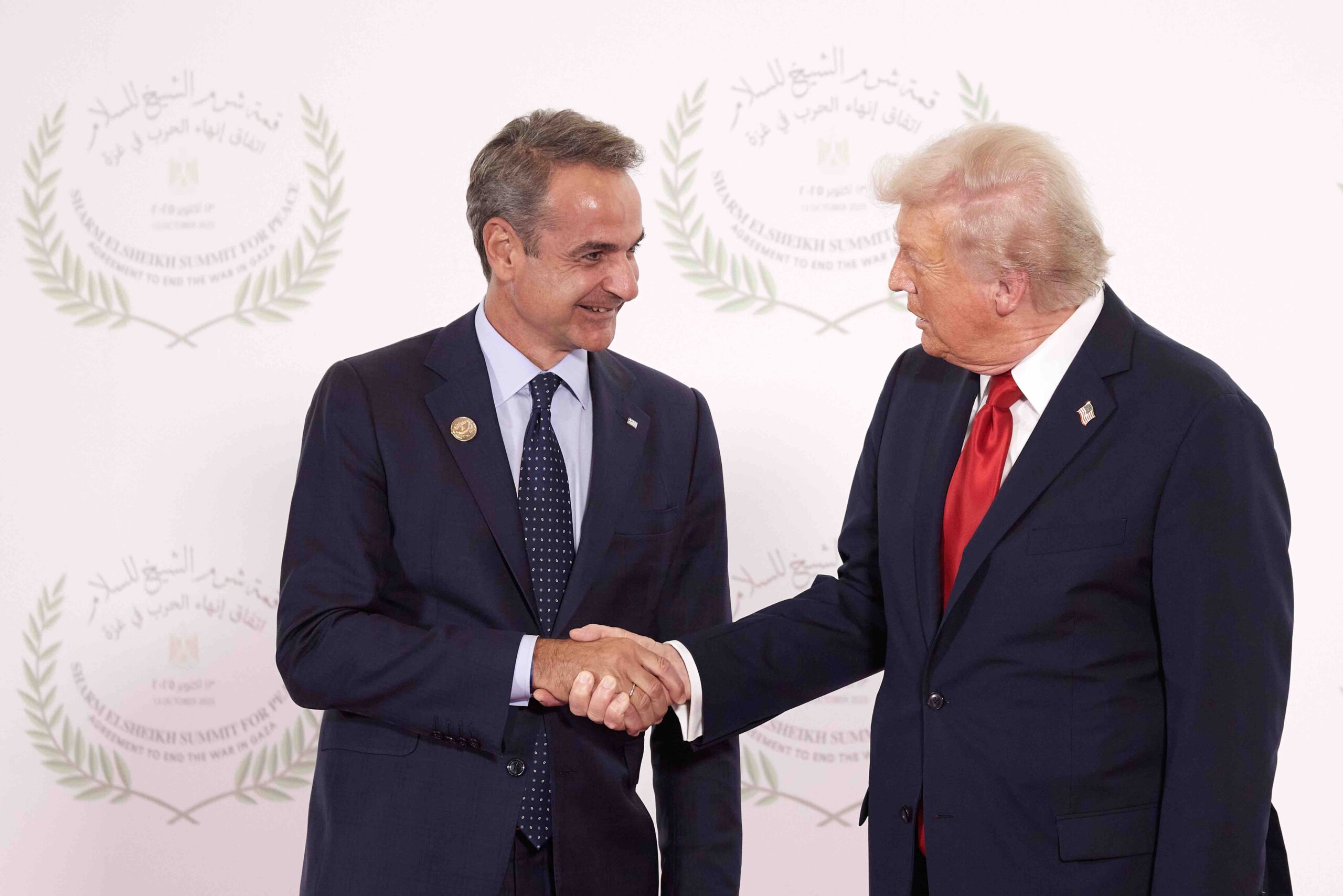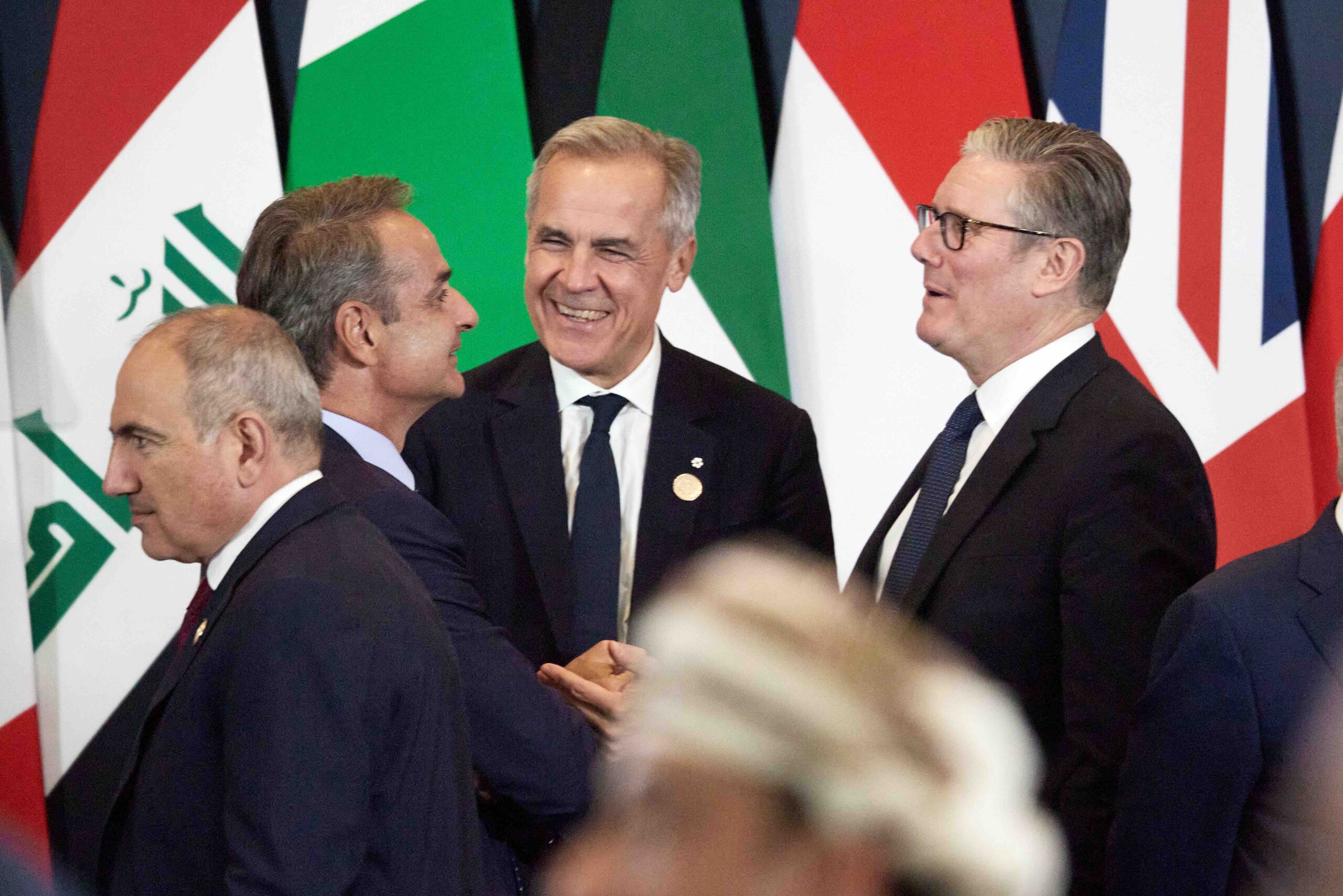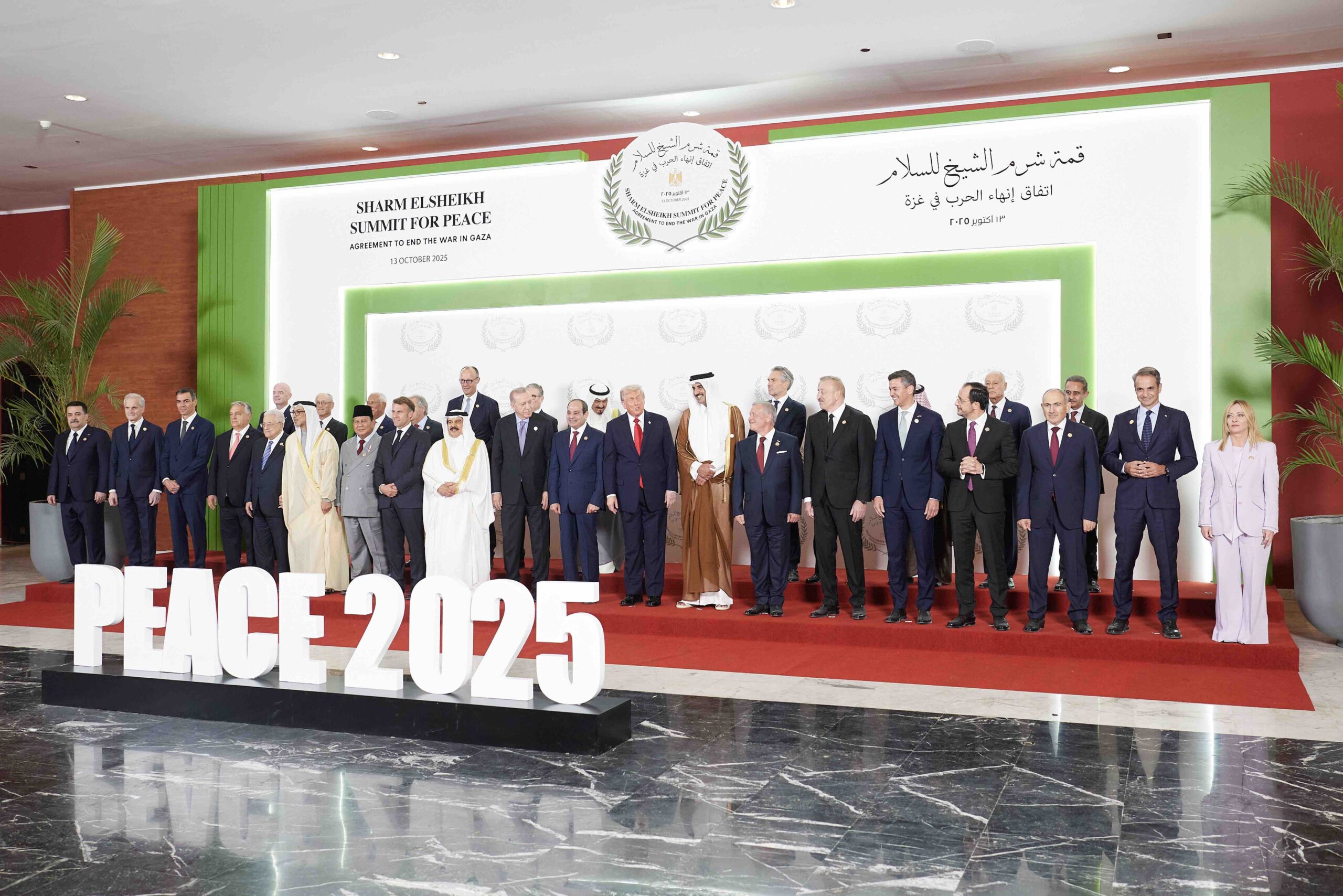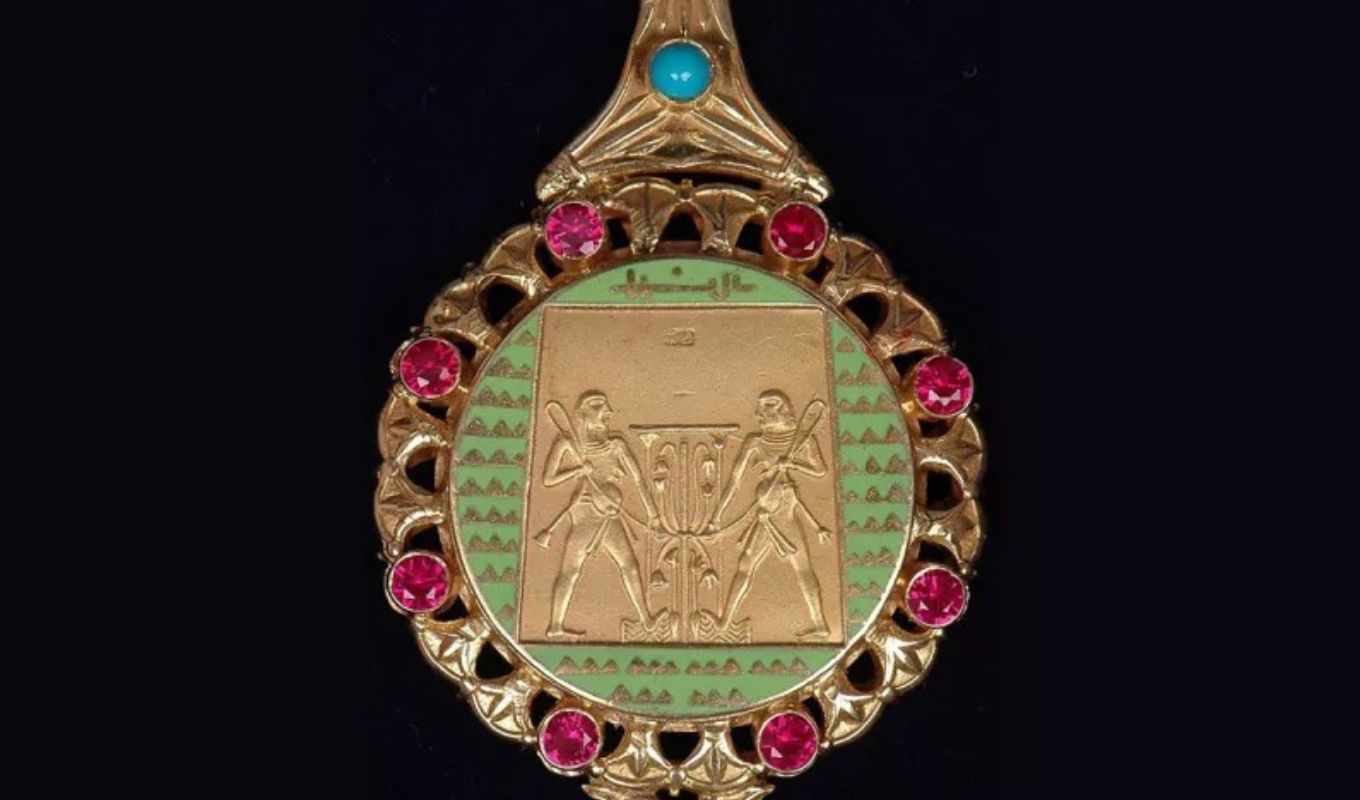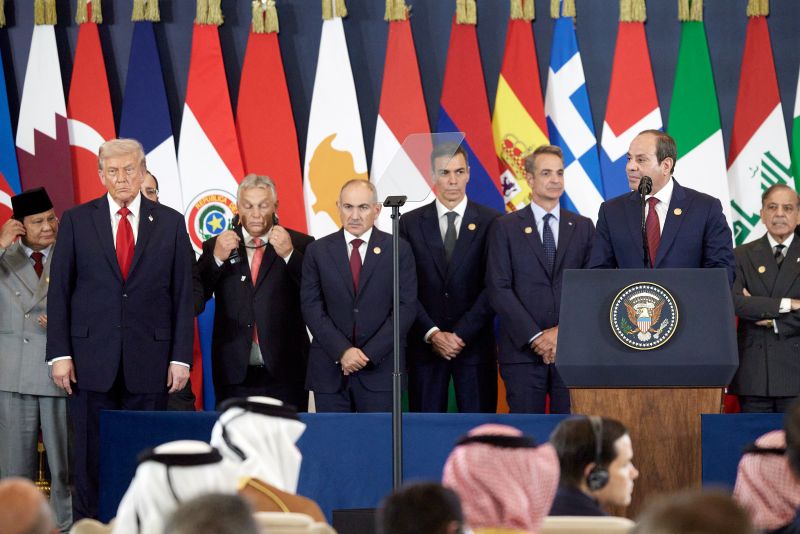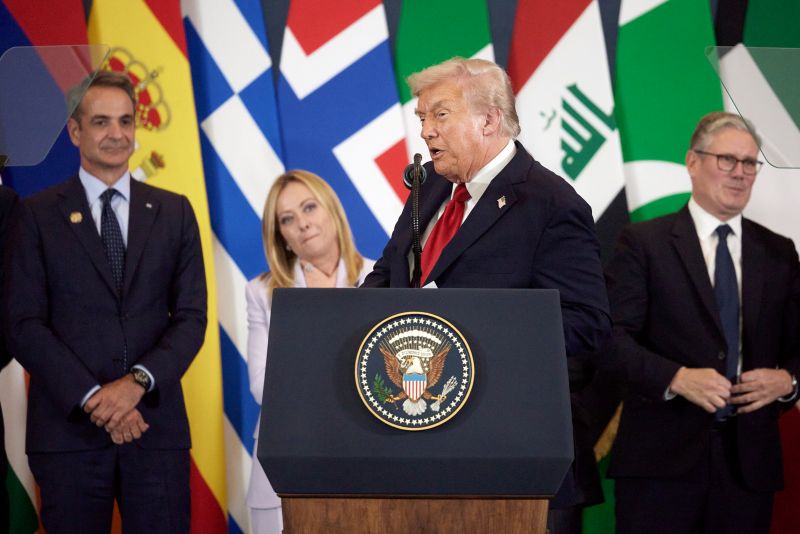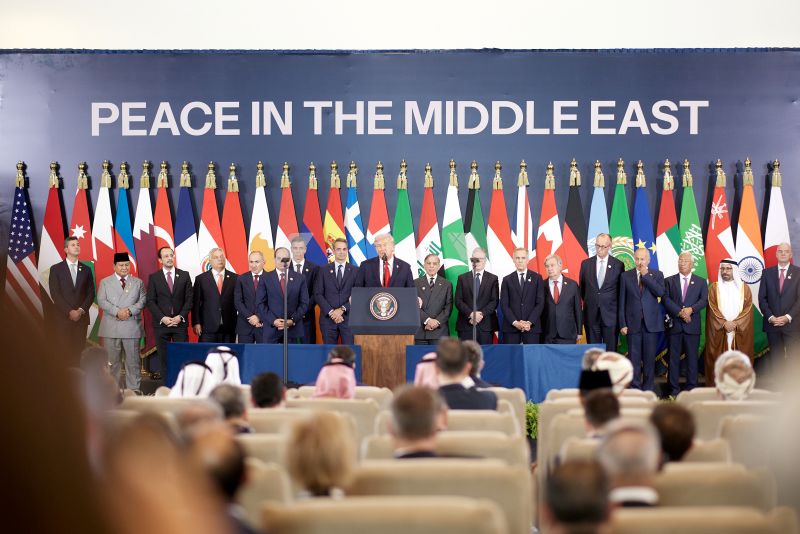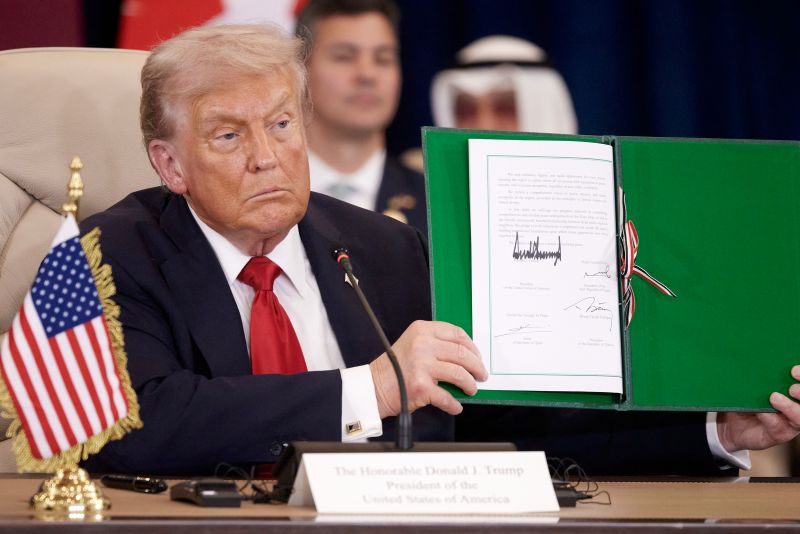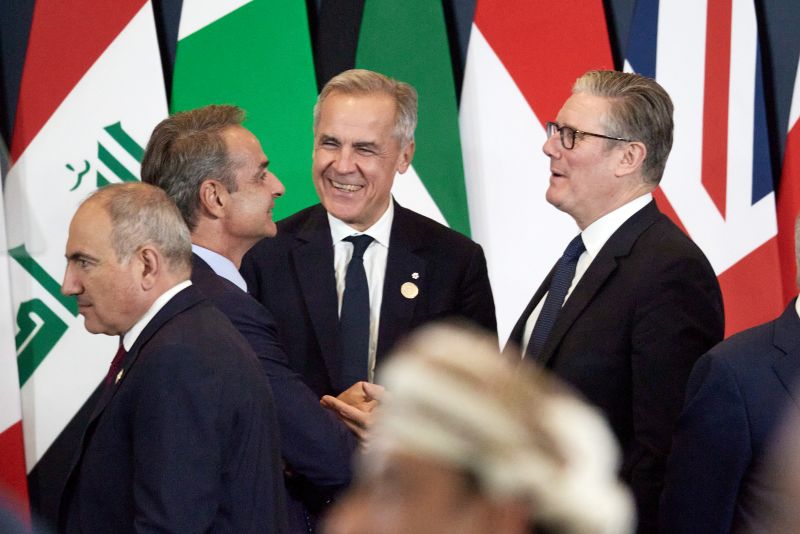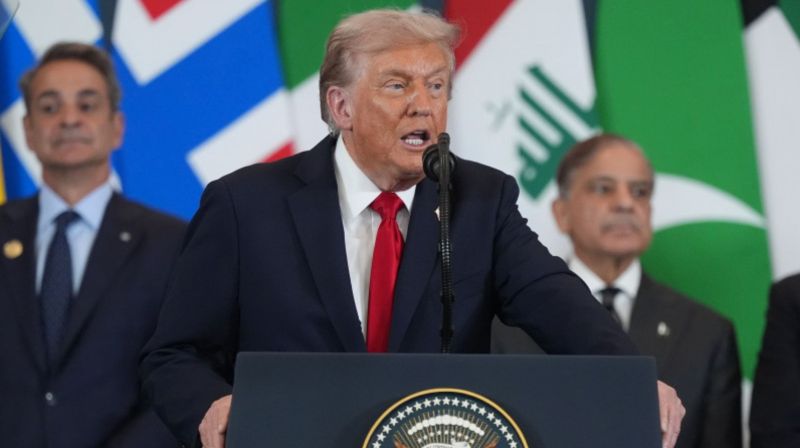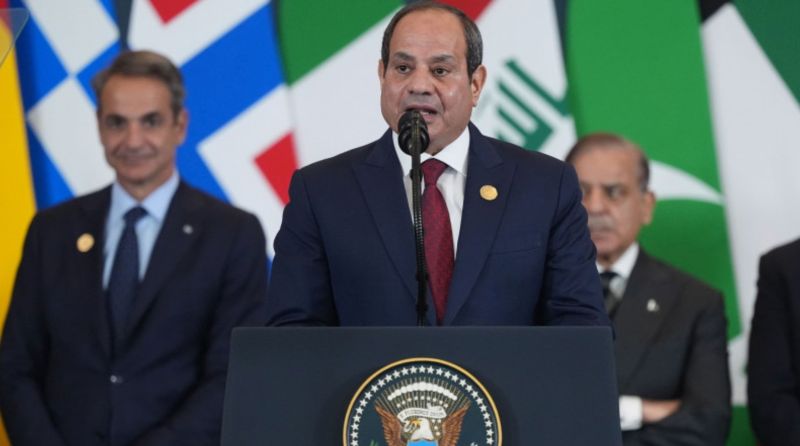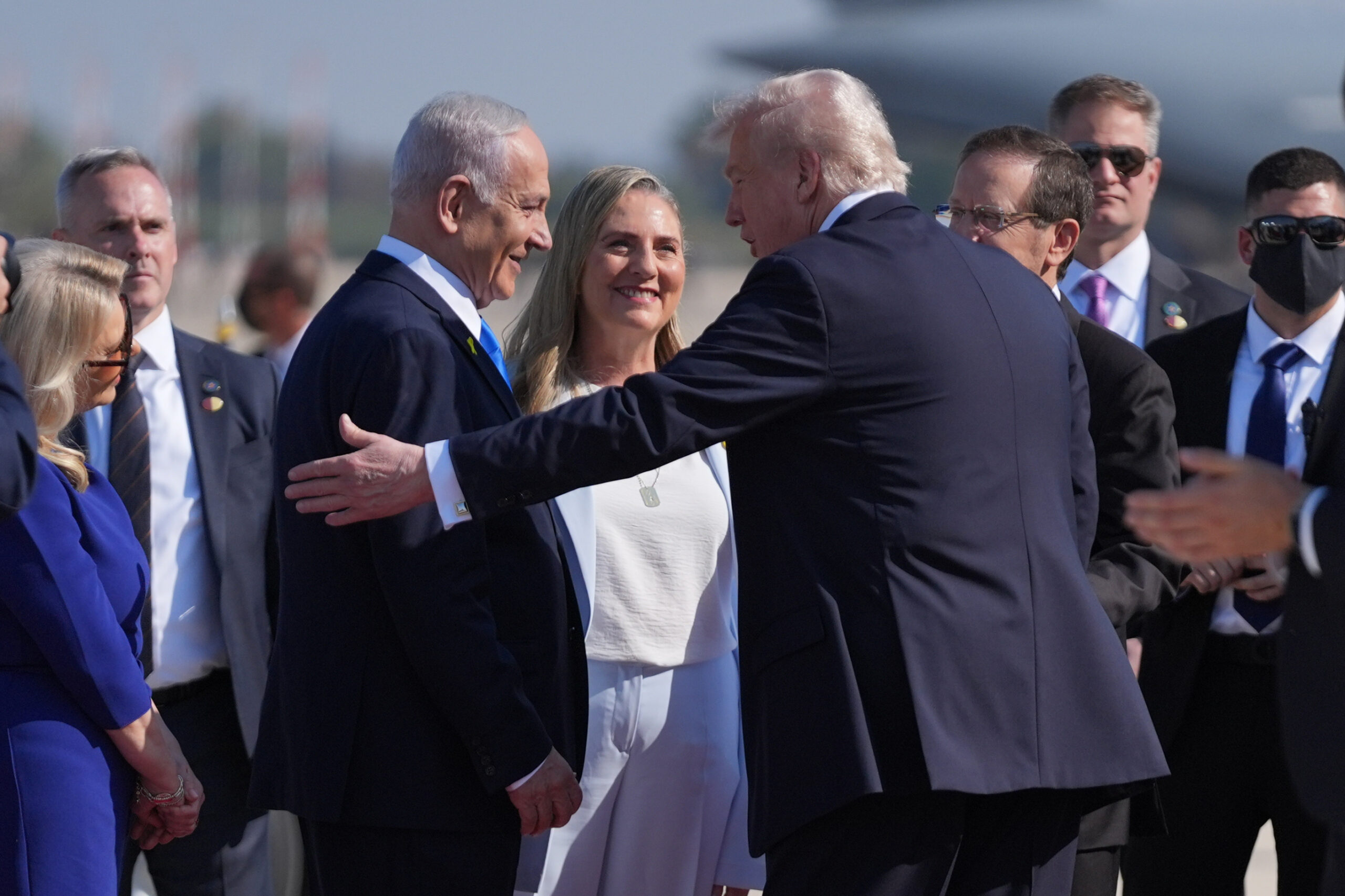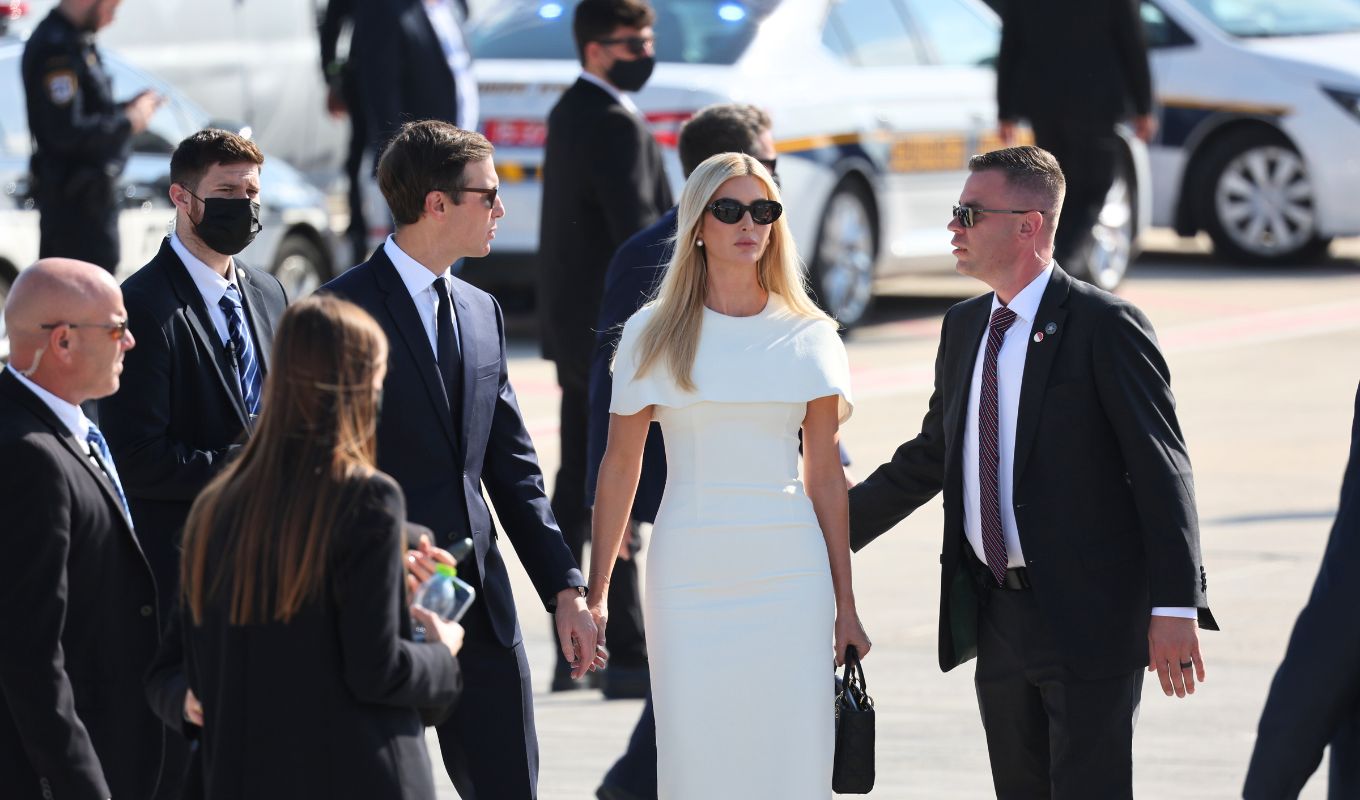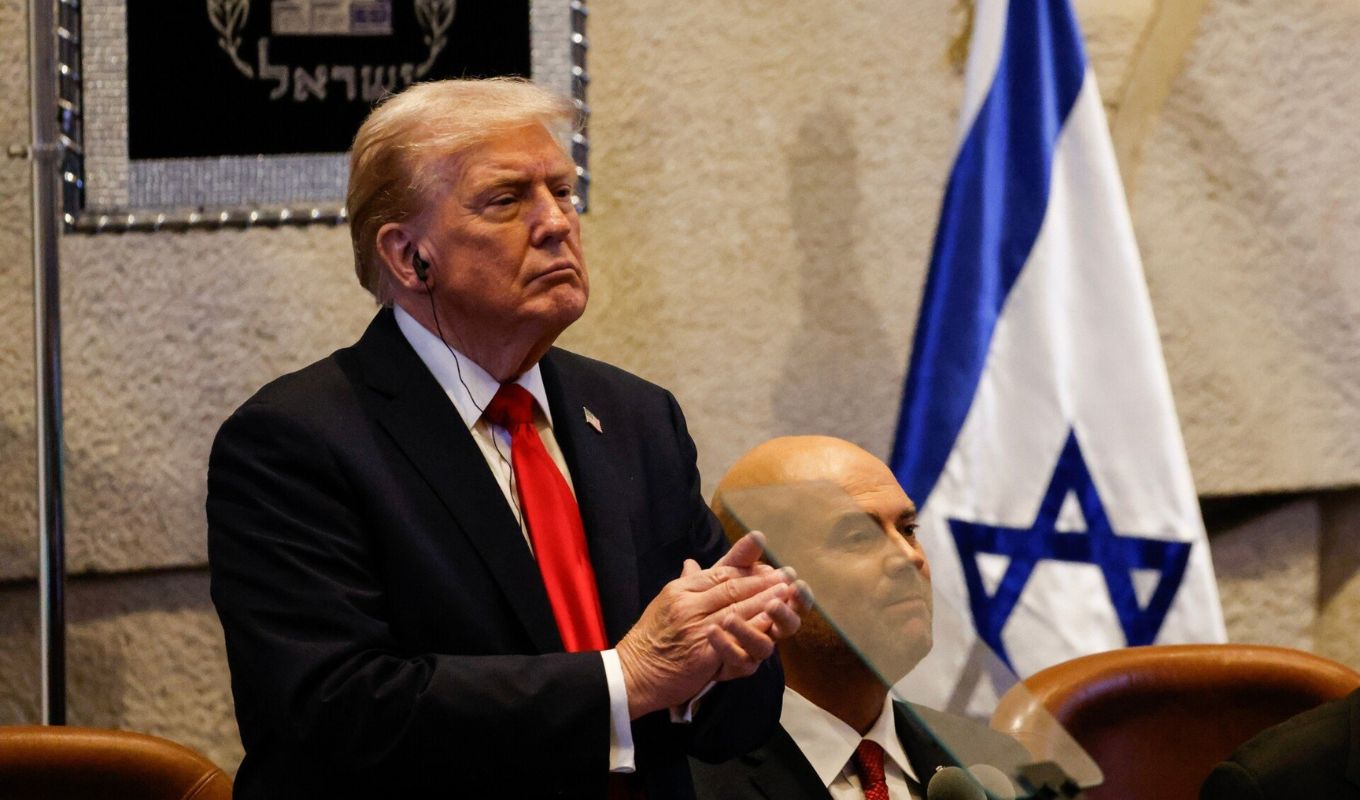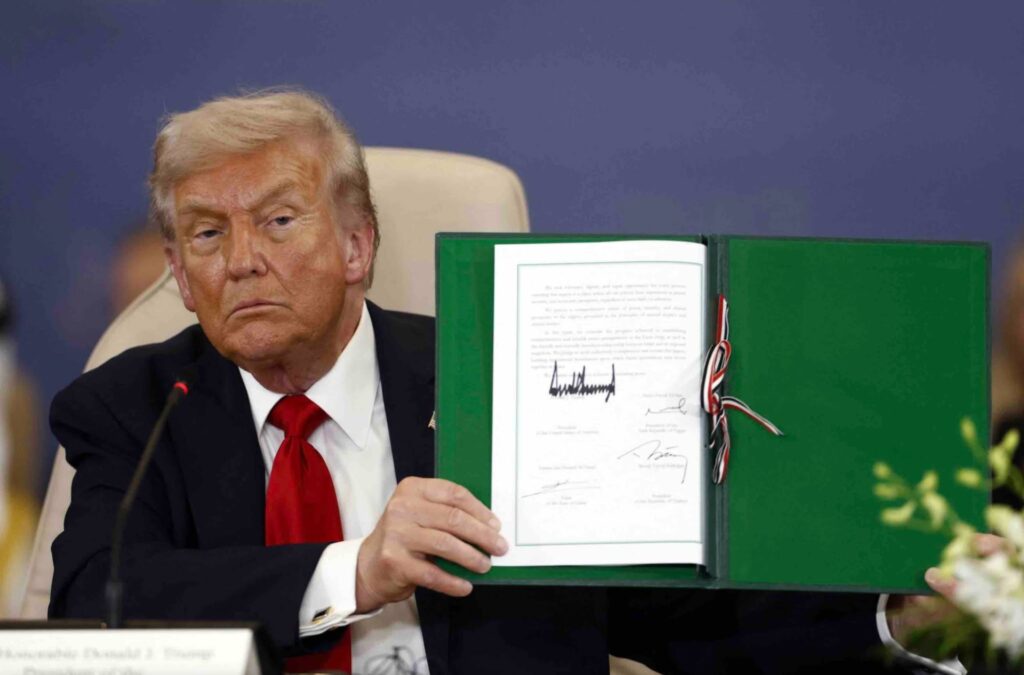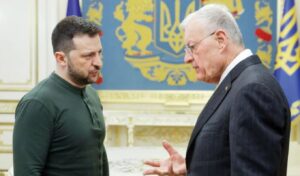A reshuffling of alliance maps, thawing of diplomatic ice, and a new policy following warming tactics marked October 13th, a day that will acquire its own significance in the history of global geopolitics. Who could have imagined that two years after the Hamas massacre, which sparked the bloodiest developments in the Middle East, a new era of peace would be announced in the region, with the withdrawal of the Islamist organization’s forces and the collaboration of Arab and Muslim countries with the West to herald a new dawn. “The weapons have fallen silent, the sky has cleared, we finally have peace,” declared US President Donald Trump in his historic speech to the Knesset, with Israeli Parliament members applauding and his statements being interpreted as consolidating peace and further developing US-Israel relations. Trump’s visit, in a clearly celebratory atmosphere, to Israel included, besides his Knesset speech, conversations with families of hostages. During the American president’s visit, Israeli Prime Minister Benjamin Netanyahu announced his desire to award him the country’s highest honor, the Israel Prize, and together with the Knesset speaker emphasized that Trump will remain in the history of the Jewish nation.
The victorious atmosphere in Israel, where emotion and joy were evident due to the release of hostages and family reunions at Hostages Square in Tel Aviv, also prevailed in Egypt. In Sharm el-Sheikh, at the premier peace summit attended by 20 leaders from around the world, including Greek Prime Minister Kyriakos Mitsotakis, the Gaza ceasefire agreement based on Donald Trump’s 20-point plan was officially signed.
Until the last moment, it’s worth noting that Netanyahu was expected to participate in the proceedings, with the Egyptian presidency confirming – after a phone conversation between the Israeli Prime Minister and Al-Sisi – that Netanyahu would follow Trump on the trip, but the Israeli Prime Minister’s office later denied this.
Gaza agreement: Trump’s references to peace and World War III from Egypt
The American president was quick to emphasize during his speech “we finally have peace in the Middle East, it took 3,000 years to achieve such a thing, we avoided World War III.” Earlier, Trump met with Palestinian Authority President Mahmoud Abbas, who participated in the international Gaza conference. The American president thanked all leaders who participated in the summit, each individually, shook hands with them, and sent the message that the global community overcame obstacles and built communication bridges to avoid a fierce, large-scale conflict.
It’s worth noting that Trump focused particularly on Iran, saying that American bombings in that country accelerated peace processes, while he wanted to address again the need for Washington and Tehran delegations to sit at the table regarding the nuclear program.
How the Gaza ceasefire is developing
What’s significant now is that there were no complications with the first phase of the Gaza ceasefire plan, as all 20 living hostages held by Hamas were released, with footage from reunion moments being deeply moving. The bodies of hostages were also handed over by Hamas, with anxiety peaking as their handover coincided with the expiration of the 72-hour deadline given to Hamas members by the US to take this action, and with Israel sending warning messages that harsh retaliation would follow any breach of commitments.
Thus, with the release of Palestinian prisoners from Israel and their return to Gaza, as well as the withdrawal of Israeli forces from the Strip, the first phase of the plan was completed with Trump announcing the start of the second and more demanding phase. The challenge remains whether Hamas’s armed wing will ultimately accept disarmament and complete withdrawal from Gaza. However, the Palestinian Authority’s participation in the apolitical, international technocratic oversight body in Gaza causes irritation in Israel, but is considered essential by Hamas for Gaza’s future to progress.
While smiles are visible on the global diplomatic scene and bombings are no longer heard in Gaza, the question of whether Trump’s proposed ceasefire remains fragile persists, as many fear it could “stumble” on Gaza’s reconstruction issue and the division that may prevail regarding the two-state solution. As it appears, the cycle of challenges that has opened remains open.
Historic developments from Trump’s Middle East trip in images
